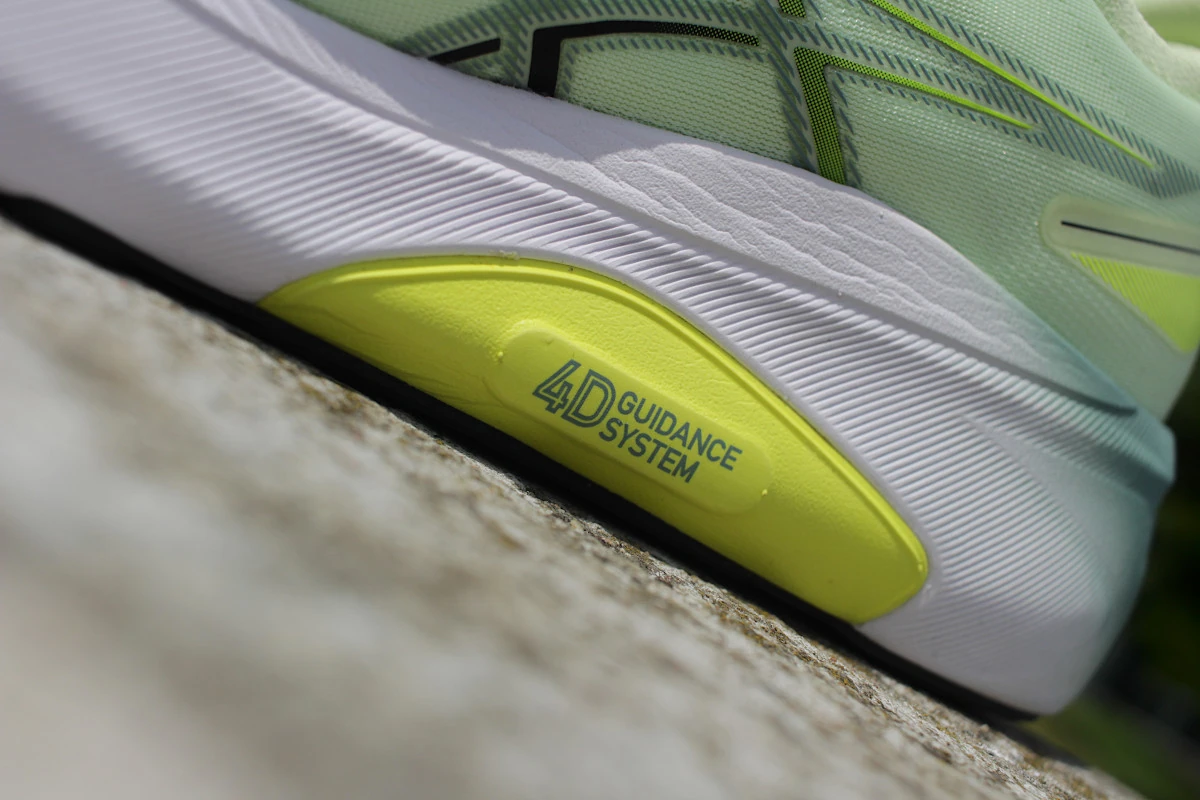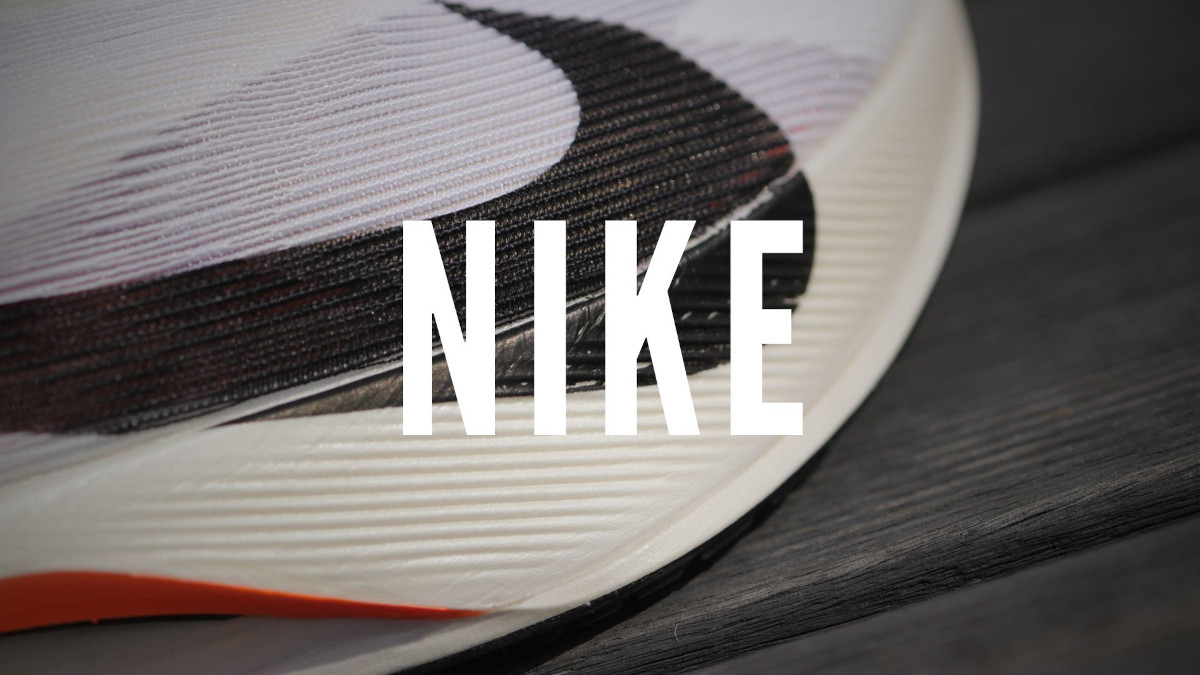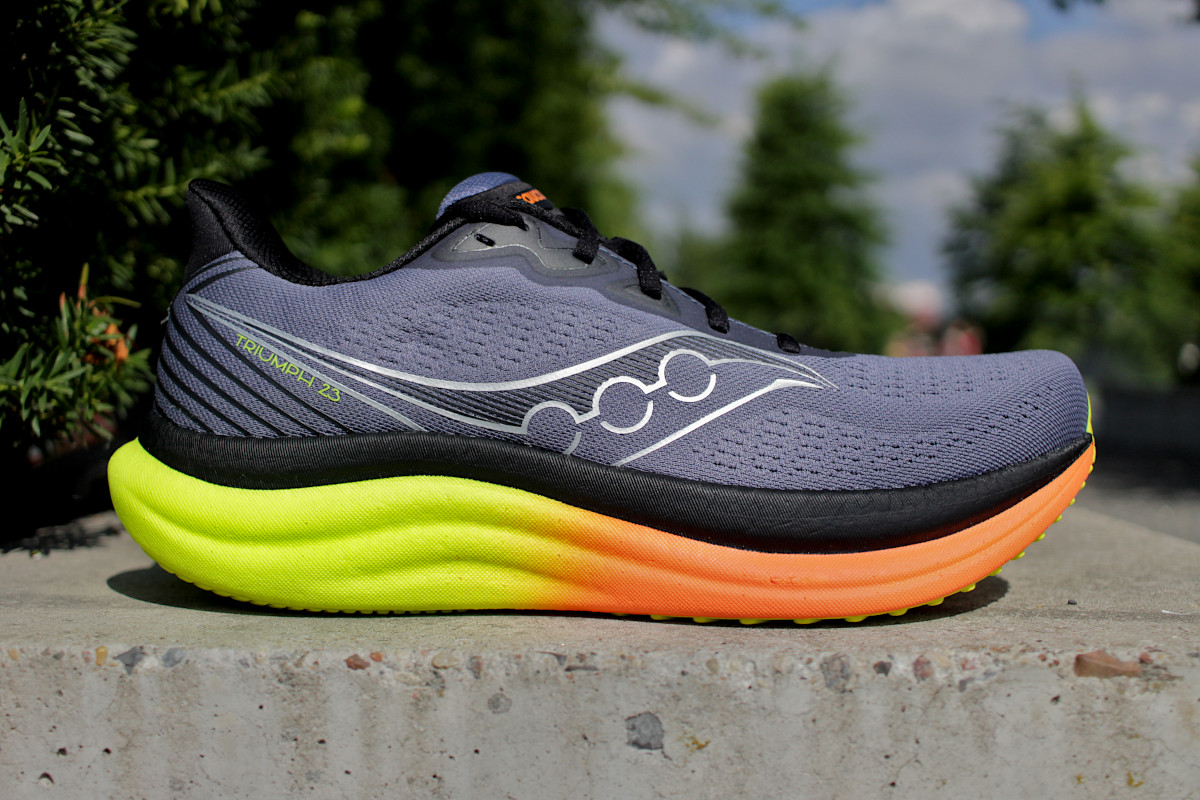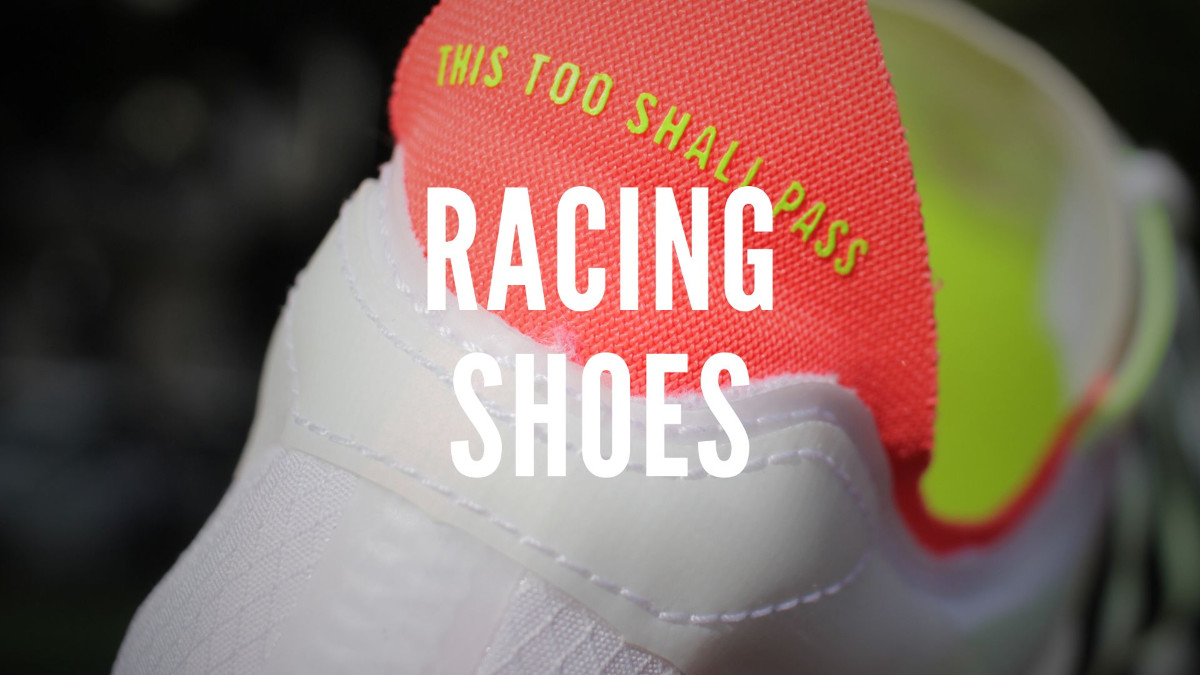When looking for running shoes, you may come across two categories: neutral and stability. What exactly does “stability” mean in the context of running shoes? What are the main differences between the two types? How can you identify them among the many models of running shoes on the market? Are there any distinctive markings? How do they work, and which might be best for you?
What Is Overpronation Support?
Running shoes with stabilization are designed for runners whose feet overpronate, or roll inward, during movement. Overpronation occurs when the foot rotates too much toward the inner edge. This can lead to uneven weight distribution and increase the risk of injury to the ankles, knees, and hips. Stabilizing shoes have special features that prevent excessive inward rolling of the foot. This helps maintain more neutral biomechanics, resulting in greater comfort and safety while running.
Those with a neutral or supinated rolling pattern do not need shoes with stabilization. With neutral rolling, the load is distributed evenly from the heel through the midfoot to the toes. Supination, or rolling the foot outward, does not require stabilization but may require more cushioning to reduce the load resulting from less contact with the ground.
In summary, shoes with stabilizing technology are designed primarily for people with overpronation and are not recommended for runners with other foot rolling styles.
How Stability Shoes Are Built Differently
Stabilizing shoes can be recognized by their characteristic design elements. These include:
Stabilization Block in the Midsole
This is the oldest and most traditional solution. It involves making the inner side of the midsole (and sometimes the upper) stiffer than the outer side. This effect can be achieved in various ways, such as using rigid plastic elements or harder, less flexible foam. Some models have an entire inner midsole that is stiffer than the outer midsole, which helps control overpronation.
Stiffer elements reduce the foot’s inward movement. This reduces overpronation. The word “reduce” is key here. While the shoe can reduce overpronation, it cannot eliminate it.

Stabilizing Rail
Another stabilization approach is to use a rail. It usually consists of two rigid rail placed on both sides of the midsole. The splints can be higher or lower. They can run the entire length of the midsole or only be located under the heel. The principle is the same. By limiting the foot’s sideways movement, the rail makes it more stable.
This is an effective solution for people with neutral feet and those with moderate overpronation. Therefore, the presence of this type of solution does not necessarily mean that the shoe is stabilizing.

Common Labels for Stability Shoes
Unfortunately, there is no universal designation for shoes with stabilization. However, these types of running shoes are usually clearly marked. Learn how to recognize them on websites or by the markings on the box.
Stability Shoe Labels in Online Stores
Whether a shoe is neutral or stabilizing is marked in almost every specialized running store. Online, this information can be found in the product description. General sports stores often lack reliable descriptions of running shoes, and this information is frequently absent from online store product descriptions. This information is usually linked to the intended foot type for a given shoe model. Stabilization shoes are designed for feet that overpronate, while neutral shoes are designed for neutral feet.
If the description says “stability” or “overpronate,” then the shoe is from the stabilization category.
Labels on Shoe Boxes
You can find various markings on the boxes, such as the size and gender for which the shoes are intended. Width is also often included, but the type of support is rarely included. However, some brands include this information on their boxes as well. For example, Brooks boxes feature the following markings:
- NEUTRAL – for neutral shoes
- SUPPORT – for stability shoes
In other cases and with other brands, it is useful to know which models are stabilizing shoes. For simplicity, here are the names of the most popular lines and models.
- adidas: Supernova Solution
- Asics: Gel-Kayano, GT-4000, GT-2000, GT-1000
- Brooks: Glycerin GTS, Adrenaline GTS, Launch GTS
- Hoka: Gaviota, Arahi
- Mizuno: Wave Ultima, Wave Inspire
- New Balance: 860, FreshFoam Vongo
- Nike: Zoom Structure
- Salomon: DRX Bliss
- Saucony: Guide, Omni, Hurricane
Final Thoughts
Producers and online stores, especially non-specialized ones, do not make it easy to tell what type of shoe we are dealing with — neutral or stabilizing. Stabilizing running shoes are characterized by a stabilizing block or rail. Sometimes, these solutions are supplemented with heel or midsole stiffeners. However, due to the various configurations of these solutions, it can be difficult to tell whether a shoe is stabilizing.
If you’re unsure, Feel free to ask in the comments below.




